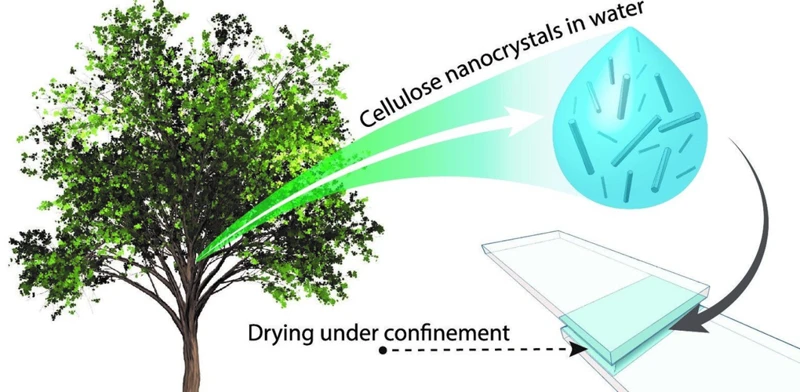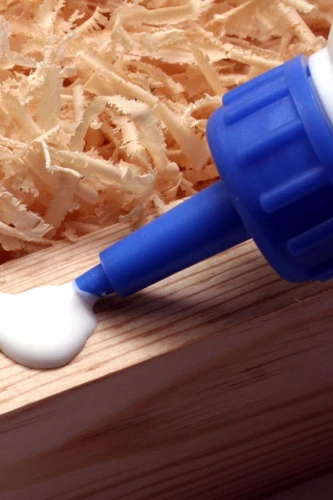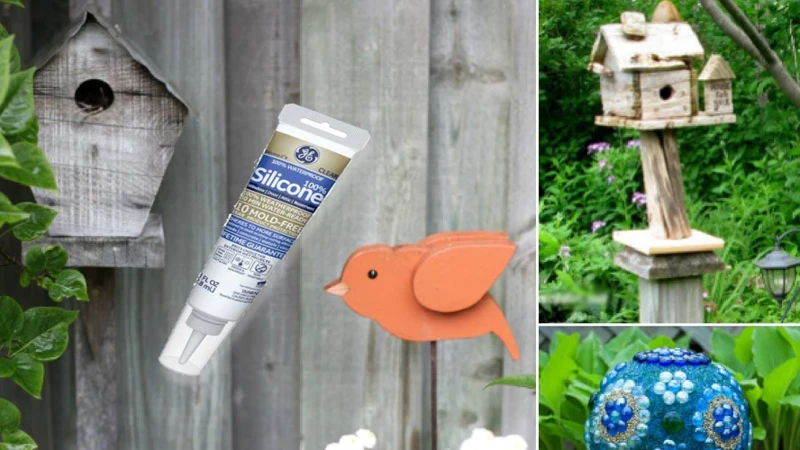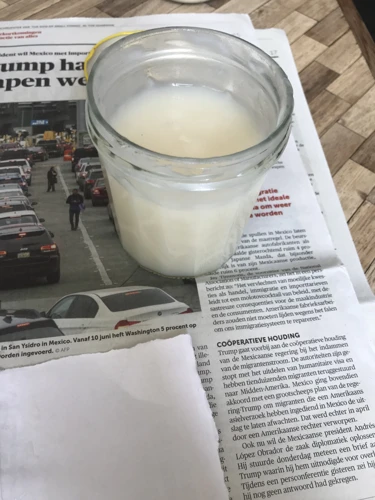Gluing materials together is a task as ancient as humanity itself. While modern adhesives are often synthetic, there’s a growing interest in a more sustainable option: natural glue from plants. This eco-friendly alternative not only provides an impressive bonding solution but also connects us with traditional practices and the natural world.
Historical Uses of Plant-Based Adhesives
Plant-based adhesives have a storied past, tracing back to early civilizations. The ingenuity of our ancestors turned natural resources into effective bonding agents. These adhesives were used in various applications, from repairing pottery to binding books, showcasing their versatility and importance throughout history.
Benefits of Using Natural Glue from Plants
Opting for natural glue from plants offers a myriad of advantages. It’s biodegradable, non-toxic, and safe for a range of uses, making it an excellent choice for environmentally conscious consumers and crafters. Moreover, producing plant-based glue minimizes reliance on petroleum-based products, aligning with sustainable living goals.
Identifying the Right Plants for Making Glue
Criteria for Selecting Plants
When choosing plants for glue production, several factors come into play. The plant material should be rich in natural adhesives like starches or resins, abundant, and accessible. This ensures not only the effectiveness of the glue but also its sustainability and practicality for home production.
Common Plants Used for Glue Production
Among the variety of plants suitable for glue, some stand out for their exceptional adhesive properties. Pine trees, for example, exude a resin that sets into a sticky substance. Other plants, like certain grasses and roots, are rich in starches that can be processed into a potent glue.
How to Make Glue from Plants
Gathering Your Materials
To embark on the journey of how to make glue from plants, you’ll first need to gather the right materials. This includes the plant of your choice, water, and any additional natural additives that might enhance the glue’s properties. A collection of simple kitchen tools will also be necessary for the preparation process.
Step-by-Step Process
- Harvest the plant material, focusing on the parts rich in adhesive compounds.
- Clean and prepare the material by removing any unwanted debris.
- Cut or crush the plant to increase the surface area for extracting the glue.
- Soak or boil the plant material in water to release the adhesives.
- Strain the mixture to separate the liquid glue from the plant solids.
- Reduce the liquid by simmering it until it reaches the desired consistency.
Troubleshooting Tips for Plant-Based Glue Making
If your glue isn’t setting correctly, consider adjusting the boiling time or the ratio of plant material to water. Sometimes, the addition of natural preservatives or thickeners might be necessary to achieve the optimal consistency and extend the shelf life of your homemade adhesive.
Applications of Natural Glue from Plants
The uses for natural glue from plants are extensive and varied. It can be employed in paper crafts, woodworking, and even fabric repairs. Its gentle formula is particularly suited for educational settings, where children’s safety is a priority.
Preservation and Storage of Plant-Based Glues
Storing your homemade glue effectively is crucial for maintaining its potency. An airtight container and a cool, dark place are ideal conditions to prevent spoilage. Some natural glues can also be frozen for prolonged preservation, ready to be thawed for later use.
Environmental Impact and Sustainability
The shift towards natural glue from plants is a step in the right direction for the environment. By utilizing renewable resources and reducing chemical waste, we can lessen our ecological footprint. Furthermore, this practice supports biodiversity and encourages the responsible use of plant materials.
Are you interested in learning about natural adhesives? Our article on how to make glue out of plants offers a fascinating look at eco-friendly alternatives to synthetic glues. But if you’ve ever had to deal with the sticky aftermath of using adhesives, don’t worry! We’ve got you covered with our comprehensive guides on removing glue from various surfaces. Discover how to get glue off lenses, learn the best techniques for how to get glue off jars, and find out how to take glue off metal. These tips will help you clean up any glue-related mishap with ease.
Conclusion
Embracing the art of how to make glue from plants reconnects us with the wisdom of the past while forging a path to a more sustainable future. The simplicity and versatility of plant-based adhesives offer a green alternative that benefits both the planet and our health.



